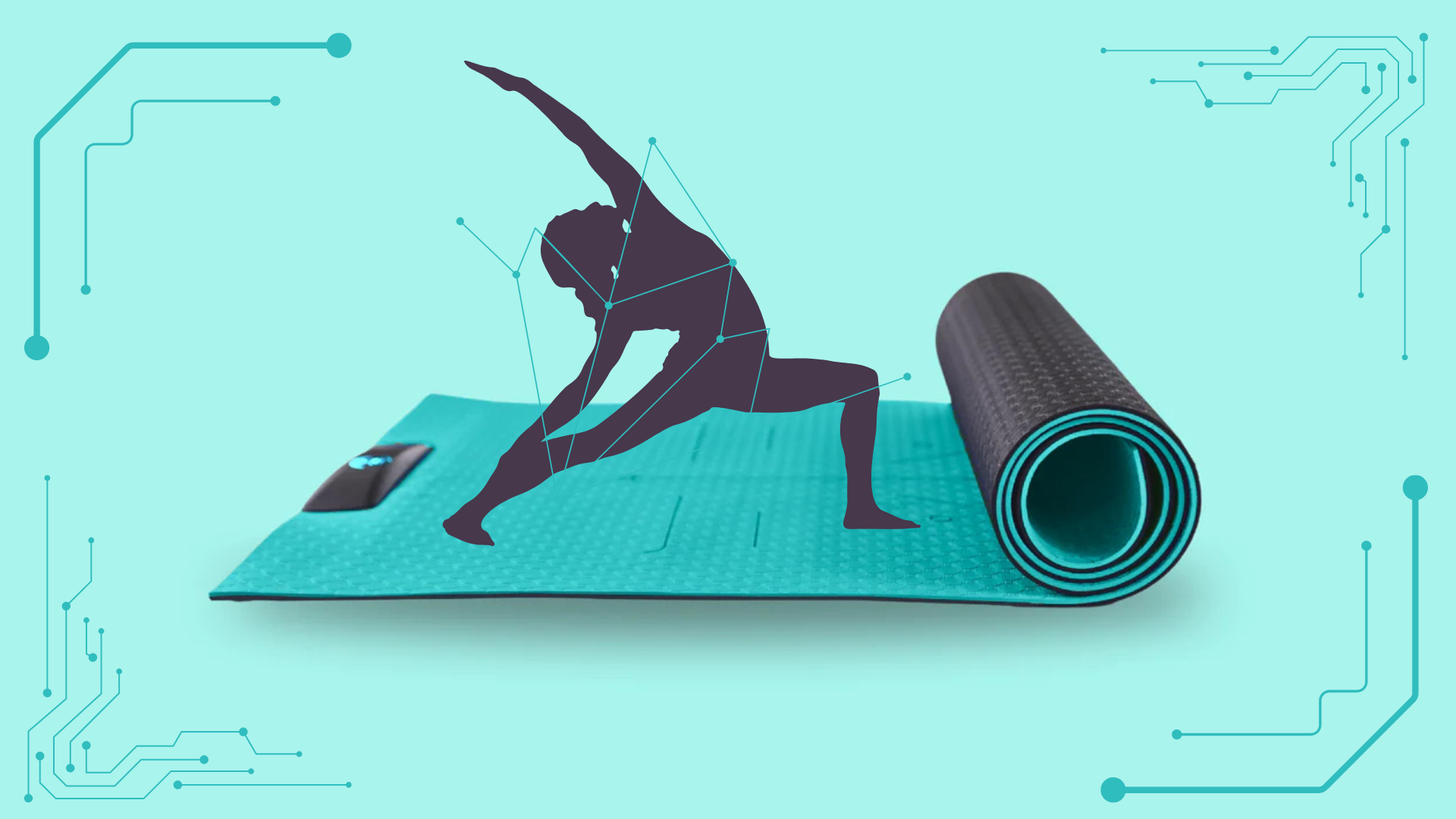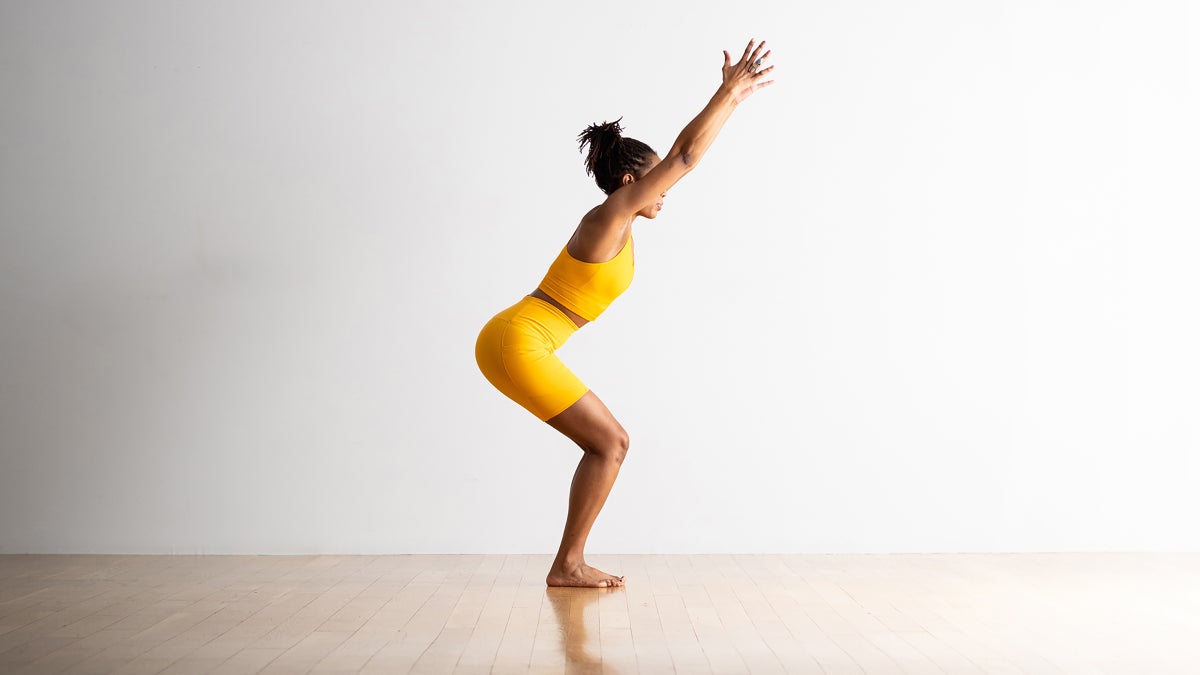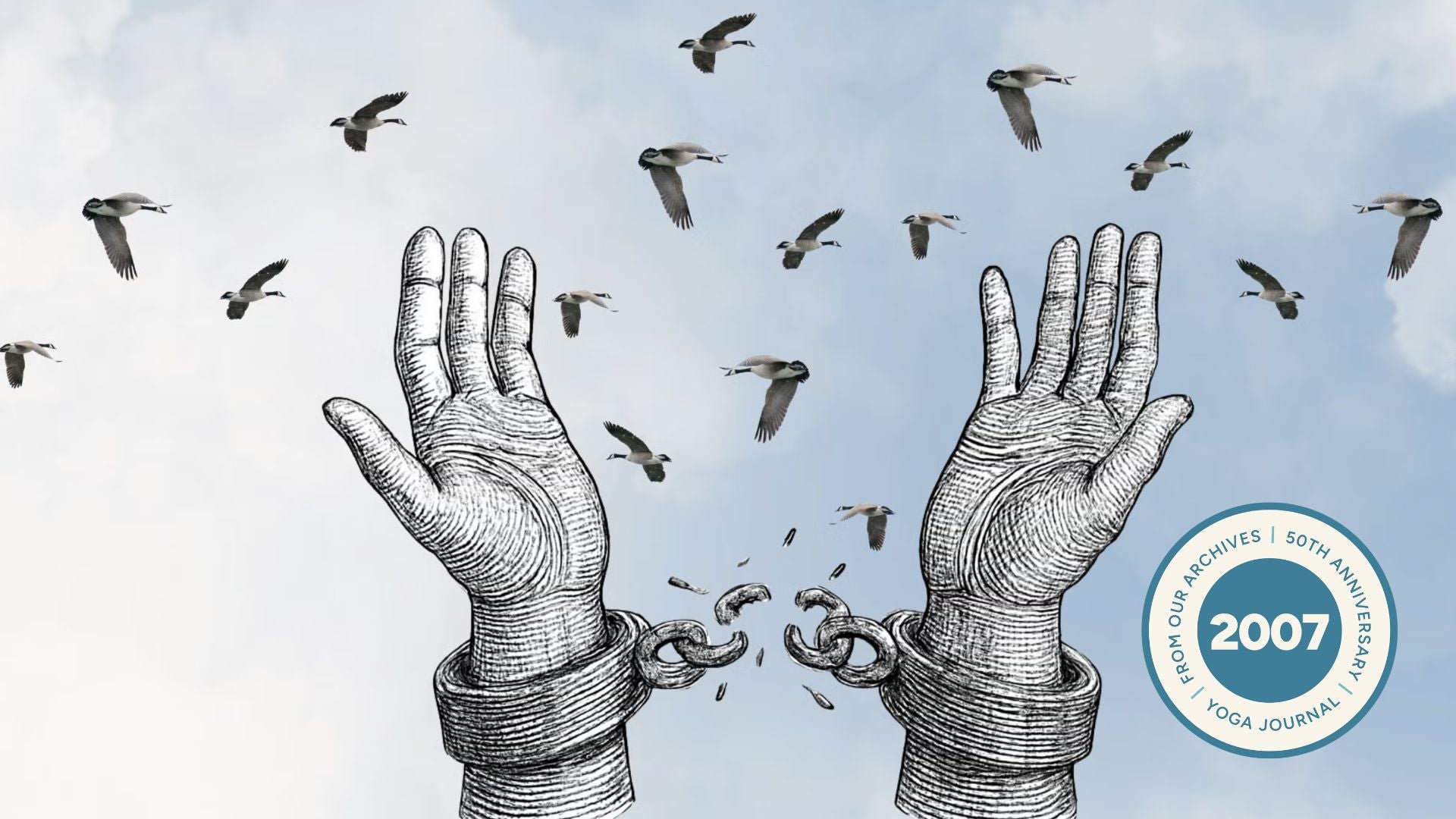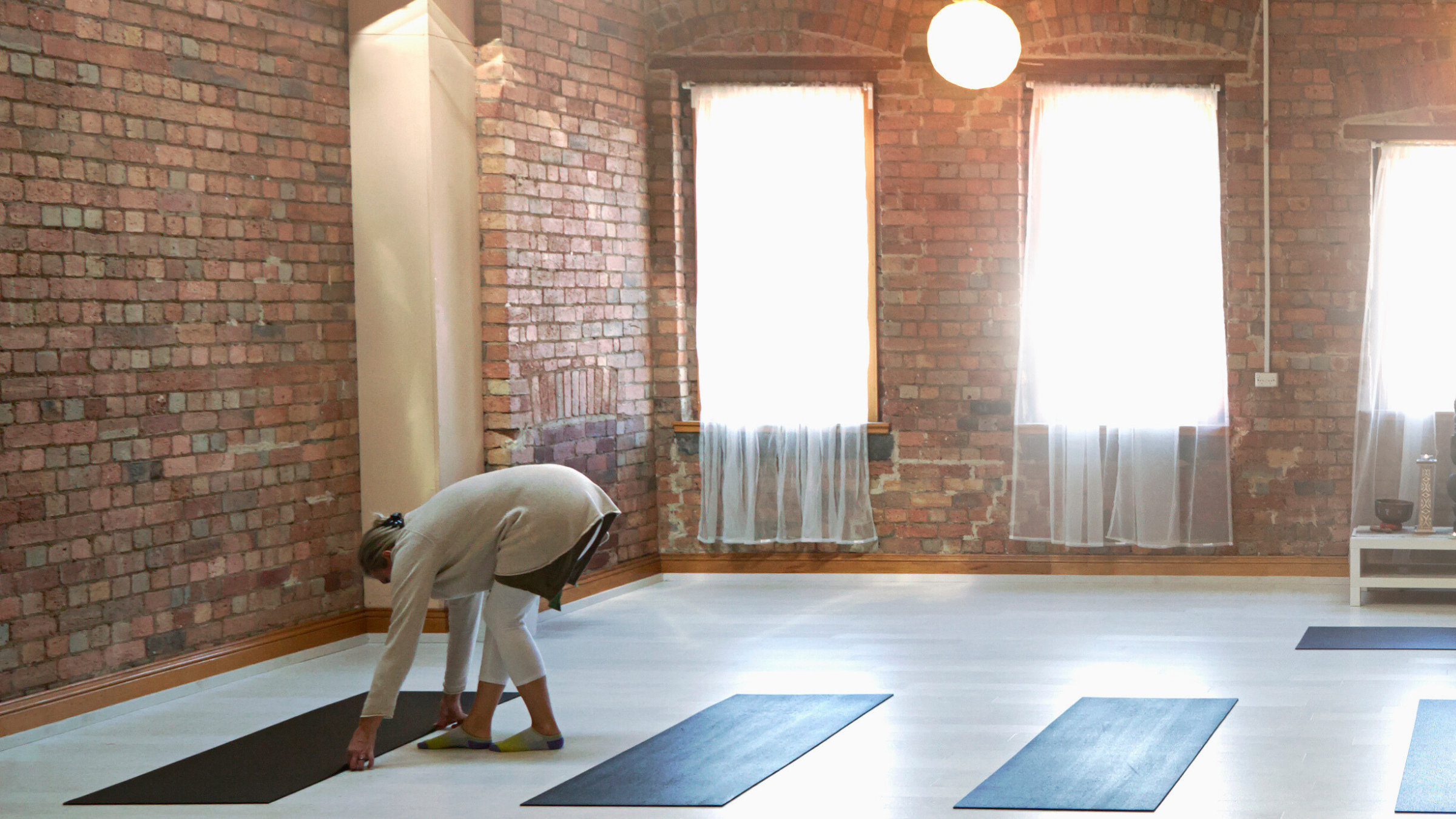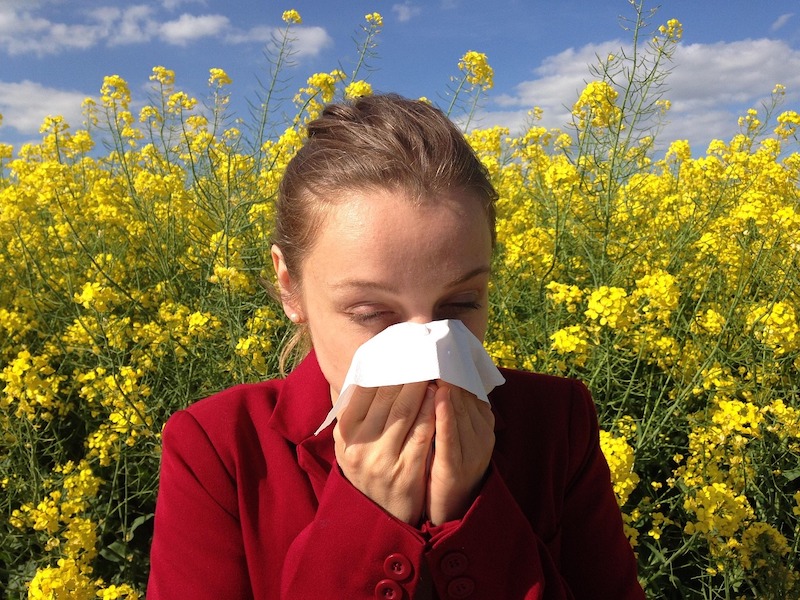“], “filter”: { “nextExceptions”: “img, blockquote, div”, “nextContainsExceptions”: “img, blockquote, a.btn, a.o-button”} }”>
Heading out the door? Read this article on the new Outside+ app available now on iOS devices for members!
>”,”name”:”in-content-cta”,”type”:”link”}}”>Download the app.
The red rocks of Sedona in northern Arizona have long been considered sacred with the mystical terrain drawing thousands each year to experience its vibe. But there’s one weekend each year when yoga students and teachers descend upon the mystical vortices not only to passively assimilate the vibrations but to actively alter their understanding of yoga—and, by extension, life. The catalyst for this is the Sedona Yoga Festival (SYF).
The first weekend of May, some 700 attendees sought out learning through the more than 130 diverse workshops, forums, classes, meditations, hikes, and concerts. There was meditation with an investment banker turned swami. Practice of breathing techniques. Wisdom from Ayurveda. Explorations of the wise woman within. Trauma-conscious training for teachers led by Active Peace Yoga founder Reggie Hubbard. Insights on how to teach authentically with Black Yoga Teachers Alliance founder Jana Long. Evening yoga to the backdrop of conscious music spun by DJ Taz Rashid. And forum discussions with thought leaders from varying backgrounds, co-presented by Yoga Journal in celebration of our 50th anniversary, exploring how to create community, inspire service, and emphasize continued learning through the everyday practice of yoga.
A glimpse at the Sedona Yoga Festival. Video courtesy of Josh Grey/Eclpst; Ty Dobbs, Lisette Cheresson; Courtney Mance; Sedona Yoga Festival
In attendance were those who have taught yoga for decades as well as those still in elementary school and just about everyone in between, including nurses, retirees, and yoga therapists. Many were repeat festival goers. All were curious. And according to those we interviewed, most brought specific intentions for what they hoped to experience. Presence. Awakening. Empowerment. Connection. Playfulness. Or to simply be.
Longtime festival producer Heather Shereé Sanders has previously described the annual event, currently in its twelfth year, as more serious in its intention than what one would commonly consider a festival vibe. Yet she and her team supported an environment in which the sharing of wisdom took place in ways serious and playful, intense and accessible.
Takeaways from the Sedona Yoga Festival
Among the literally thousands of takeaways shared throughout the weekend were certain recurring themes throughout the various sessions and impromptu conversations.
Non-Physical Yoga
Although asana, or the physical poses in yoga, are an invaluable and instrumental component of yoga, the non-physical practice of yoga was present everywhere. It was entirely possible to attend sessions the entire weekend and not unroll a mat.
As Sadhvi Bhagawati Saraswati explained in the forum on seva, or service, yoga is not something that ceases when we step off the mat. It also extends to supporting others in any of countless ways.
Know Your Why
This applies to students as well as teachers. And your “why” can change and evolve over time. But as several forum participants reiterated throughout the weekend, teachers who know their why can, as Swami Chidananda explained, align what they have to offer with what students are seeking.
Rest
Self-care was perhaps the most notable concept on repeat. Several sessions focused exclusively on the necessity of this, notably in the form of rest, whether exploring the sacred dimensions of rest with Niki Saccareccia or experiencing it through a yin yoga practice led by Keisha Battles.
Although many teachers in recent years have emphasized downtime amid a hectic teaching schedule as a means to productivity or ensuring they are capable of holding space to share the practice with others, the current emphasis was on rest for rest’s sake. Long, who draws from her experience teaching yoga for 30 years and practicing for more than five decades, emphasized the often overlooked importance, as teachers, of knowing one’s boundaries in order not to detract from one’s own experience of yoga.
And, for some, rest also meant showing restraint in taking in all the information. “Counterintuitively, I’m glad I only attended six sessions. It gave me the space to be with and process each of the diverse experiences,” explained yoga teacher Lizzy House.
She explains that after attending a session with Peter Sterios, who teaches yoga through the lens of the subtle body, she was able to contemplate and integrate his insights on pranayama, such as “breathing into the back of your throat, back of your heart, and back of your sacrum.” House doubts she would have been able to take that in if she had experienced it amid an inundation of information throughout the day. Days later, House still considers the information “life-changing,” both for herself and the college students she teaches.
Play
There were moments serious as well as silly throughout the weekend. Many attendees vacillated between the two and opted for a brain break in between sessions by coloring. Designed by Indian artist Gurpreet Kaur in celebration of YJ’s 50th anniversary, our oversize mandala was themed around the concept of unity. More specifically, unity of mind, body, and spirit as well as unity of yoga teachings past, present, and future.
Colorers of all ages strolled past, did a doubletake, and then gravitated back to grab a marker. Many returned regularly for their coloring fix, whether with studied seriousness or playful creativity. Some commented on how they welcomed a quiet activity that enabled them to be absorbed in the present.
Yoga in Everyday Life
There was a continued emphasis on integrating the many tools of yoga into everyday life, whether to process difficult emotions and navigate challenging situations or sustain relationships and nurture potential. That application of yoga is the entire point, explained Shereé Sanders. Expressing a desire for yoga to be “a more integrated part of everyday life,” she explained that sharing techniques from yoga and adjacent practices from various cultures is why she believes in the relevance of the festival. That and “bringing people together.”
In pursuit of that objective, the festival will launch its sister event, the Tahiti Yoga Festival, this October. Shereé Sanders explains that she choose another sacred location that supports the exploration of indigenous traditions and ancient wisdom. The Sedona Yoga Festival honors the Sinagua, Ancestral Pueblo, Hohokam, Hopi, Navajo, Tonto Apache, Yavapai, and other indigenous peoples by offering workshops that explore the rich history and traditions attached to the land.
Community
Ultimately, the weekend was a reminder of the necessity of sharing wisdom. Kimberly Richardson, a yoga therapist based in Birmingham, Alabama, reiterated that relevance in a YJ panel, explaining that “our sangha, our community,” effectively means “our local community as well as our extended community.” Richardson emphasized how important it is to do the individual work. But until we come together, she explained, “we never really, truly, fully know how much healing we may have experienced.”
Yoga may be an intensely personal experience, although it is also so much more. Perhaps the expansion of self isn’t quite complete without community, making opportunities to exchange knowledge and experiences such as Sedona Yoga Festival not only needed but necessary.
Explore the insights and ideas shared during the forums with our 50th anniversary coverage beginning September 1, 2025.
Discounted tickets are currently available for next year’s Sedona Yoga Festival from April 17-20, 2026. You can also explore the inaugural satellite event, the Tahiti Yoga Festival, taking place October 3-6, 2025.


